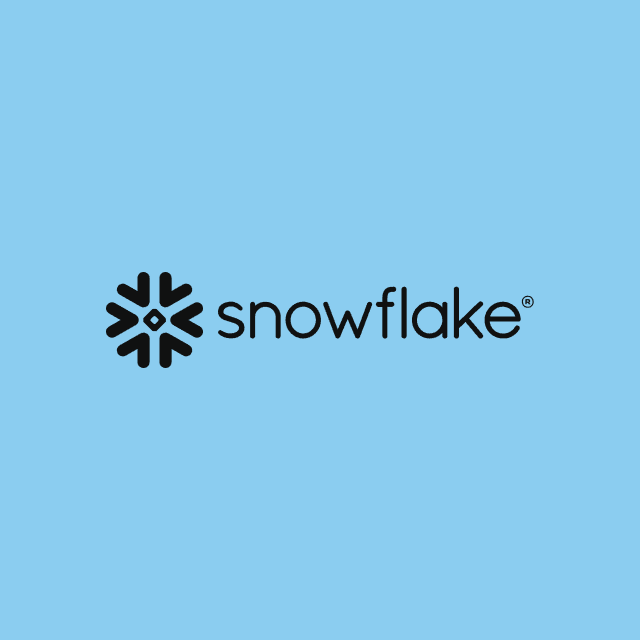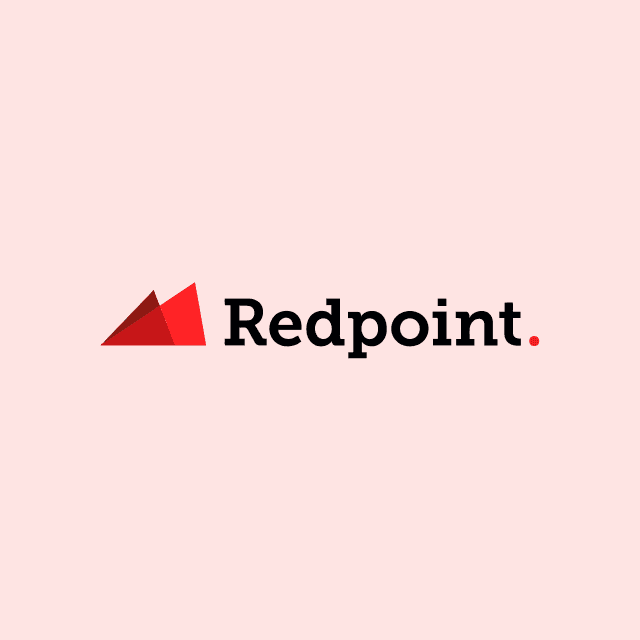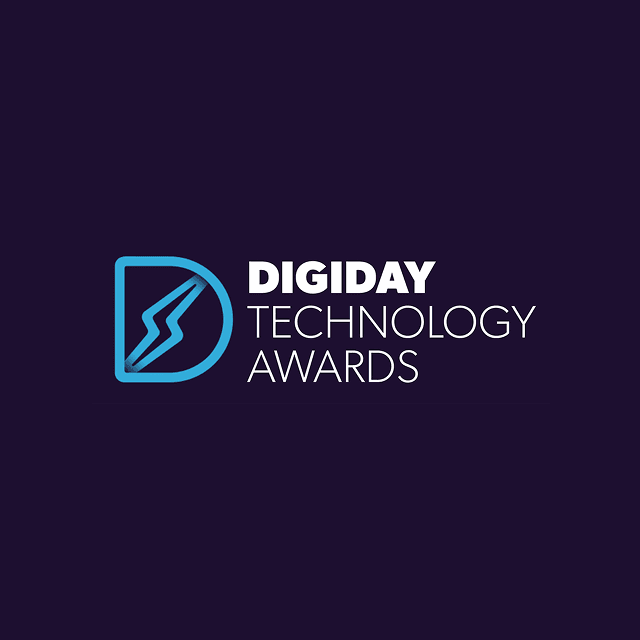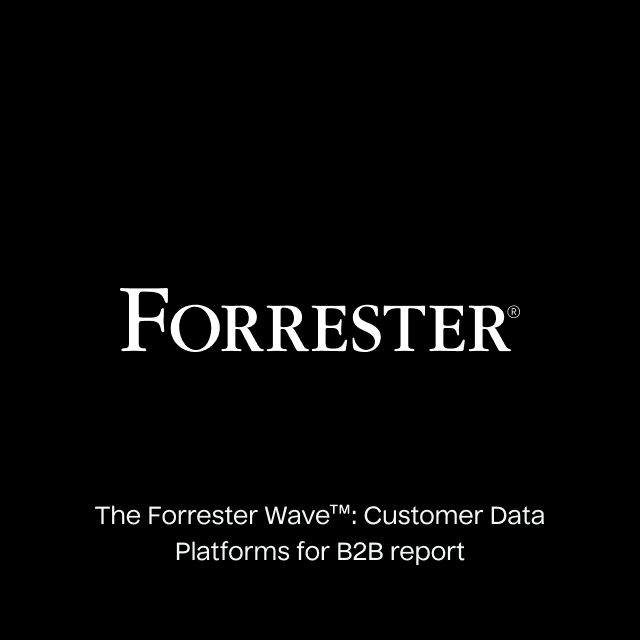Winback campaigns, where you try to re-engage customers who have become inactive, are an incredibly valuable strategy: it costs 5x less than going out and finding brand-new, first-time customers. And if you do it well, you’ll not only protect customer lifetime value, but you’ll also recover revenue that would otherwise be lost.
The problem is that deciding when, how, and what to send is harder than it looks. And if you get it wrong, you risk damaging your reputation, burning customer goodwill, or training people to respond only to discounts.
This article explains exactly what goes into an effective winback strategy and how AI is making it easier than ever to get it right.
What is a winback campaign?
A winback campaign is a marketing strategy to re-engage past customers who have gone quiet. The goal is to inspire them to take action again, whether that’s making another purchase, renewing a subscription, or reactivating their account.
Lifecycle marketers, retention teams, and CRM specialists often run these campaigns. They are especially common in mid-market and enterprise companies, as they’ve a large number of individuals in their database. They are effective across various industries, despite having different goals.
You can see the world’s best marketing teams deploying winback campaigns all the time: Netflix runs a robust winback program that focuses on showcasing fresh, relevant content instead of relying on discounts, for example. Their emails are timed for peak engagement hours, making them more likely to capture attention and drive action.
Now that you know what winback campaigns are, let’s look at why they play such a crucial role in retention strategy.
Why are winback campaigns important?
Bringing back customers who have gone quiet isn’t just about plugging a revenue leak; it's also about reestablishing trust and loyalty. It’s about making the most of the relationships you’ve built. Winback campaigns allow you to re-engage people who know your brand, understand your product, and might only need the right nudge to return. Here’s why they’re worth prioritizing.
- More cost-effective: Acquiring a new customer is a multifaceted process that requires spending money on ads, running promotions, and optimizing the onboarding process. All that takes money and effort. As you’ve already got the most important thing from a customer, a means to contact them, you don’t have to go through all the effort of making them a customer.
- Higher conversion potential: Past customers already know your brand and understand the value of your product because they’ve experienced it firsthand. At some point, they dropped off, but their familiarity gives you an advantage. Compared to someone discovering your brand for the first time, they’re far more likely to re-engage and convert.
- Lifetime value protection: Customer lifetime value is not only about total spend, it’s also about the length of their loyalty. The longer a lapsed customer spends with a competitor, the more attached they become, and the harder it is to bring them back. The sooner you act, the better your chances are of stopping that drift, keeping them loyal to your brand, and protecting the revenue they generate over time.
Core elements of an effective winback campaign
Unfortunately, sending a generic “We miss you” email to all your customers won’t do the trick by and large. These days, that’s become far too saturated, and the noise on the internet is far too loud for that to stand out: people expect a more personal touch, something that feels tailored to them. To make that happen, there are a few key elements you need to nail.
Timing and frequency
Have you ever been annoyed when a company floods your inbox? Or gotten a dinner offer right after you’ve already eaten? Timing and frequency matter. A lot. Without getting them right, your winback campaign can backfire. You need to understand whether a single, well-timed nudge is enough, or if a thoughtful multi-step sequence will keep you top of mind without wearing customers out.
Personalization
The wrong or generic personalization will get you one thing: generic results. Sure, offering your most popular product might win back a few customers. But what if you sent something tailored to each person’s tastes and preferences? Chances are, they’d be much more likely to come back.
Offer strategy
When most people think about winback campaigns, they immediately think of discounts. And yes, they can work. However, leaning too heavily on them can be detrimental, as it risks training customers to only buy during sales, which can reduce revenue, even when other offers might work just as well or better.
Copy and tone
One part of winback campaigns that often gets overlooked is the copy and tone. Too often, the same message is sent to an entire group of customers, missing the nuance that could make a real difference. Some people may respond better to a lighthearted or humorous tone, while others prefer a straightforward, serious tone that gets right to the point.
Channel mix
Every customer has a channel through which they’re most likely to respond. So what’s the point of emailing if they’re more responsive to in-app notifications? Focus on the channels where each customer has historically engaged the most, whether email, push notifications, SMS, or in-app prompts. For some audiences, a multi-channel approach boosts re-engagement, while for others, a single well-placed nudge works best.
When to stop: sunset strategies and list hygiene
Knowing when to stop sending winback messages is just as important as knowing when to start. Targeting unresponsive customers for too long can hurt deliverability, waste resources, and damage your brand’s reputation. A clear sunset strategy helps keep your lists healthy, your sender reputation strong, and your messaging relevant.
Signs of a user not coming back could be:
- No engagement after a set number of touchpoints or a defined time window (for example, 90+ days since last open or click)
- Repeated uninstalls or opt-outs
- Ignoring all channels (email, push, and SMS)
At some point, more winback attempts will do more harm than good. If someone has reached the end of your sequence without any engagement, or your open rates have dropped below a threshold, such as 1%, it’s safe to assume they are unlikely to come back.
However, this doesn’t always mean you should immediately remove them from your database. Sometimes, it's better to move them into a low-frequency nurture program that sends occasional brand updates, seasonal highlights, or major product launches. Content-only campaigns that provide value without a hard sell can also work for less-engaged audiences.
For customers who clearly indicate they no longer wish to receive communications from you, such as those who submit direct unsubscribe requests, add them to suppression lists to maintain compliance and protect your sender reputation.
With email in particular, continuing to send to unresponsive addresses can have serious consequences. Inbox providers may flag your messages as unwanted, causing them to land in spam folders or even be blocked entirely. Protecting your deliverability ensures the rest of your messages still reach the customers who want to hear from you.
Winback examples
There’s no one-size-fits-all way to win customers back. The best brands lean into what makes them unique, whether that’s great products, a good laugh, or a timely offer. The trick is to remind people why they loved you in the first place and make it easy for them to come back. Here are a few examples of companies doing it really well.
Netflix: content-focused
Netflix’s win-back strategy is highly sophisticated, focusing entirely on content rather than discounts. It’s built around three main pillars:
- Content updates that highlight new shows and movies
- Value reminders that reinforce the platform’s benefits
- Social proof that showcases the popularity of trending titles
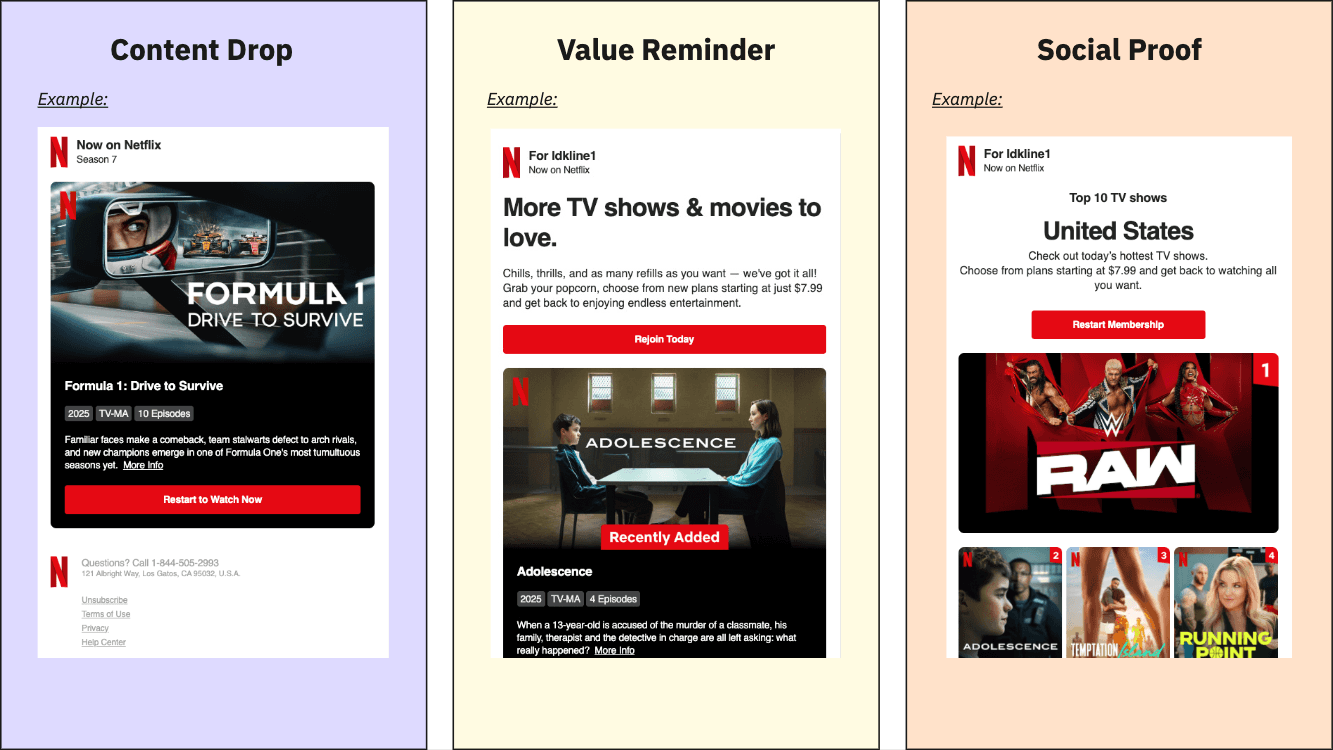
Rather than offering promotional pricing, Netflix sends personalized recommendations based on each user’s viewing history, betting that the right content is enough to bring them back. This strategy pays off, with campaigns estimated to generate $28 million annually from each monthly cohort of churned users.
Dollar Shave Club: Humor-driven reengagement
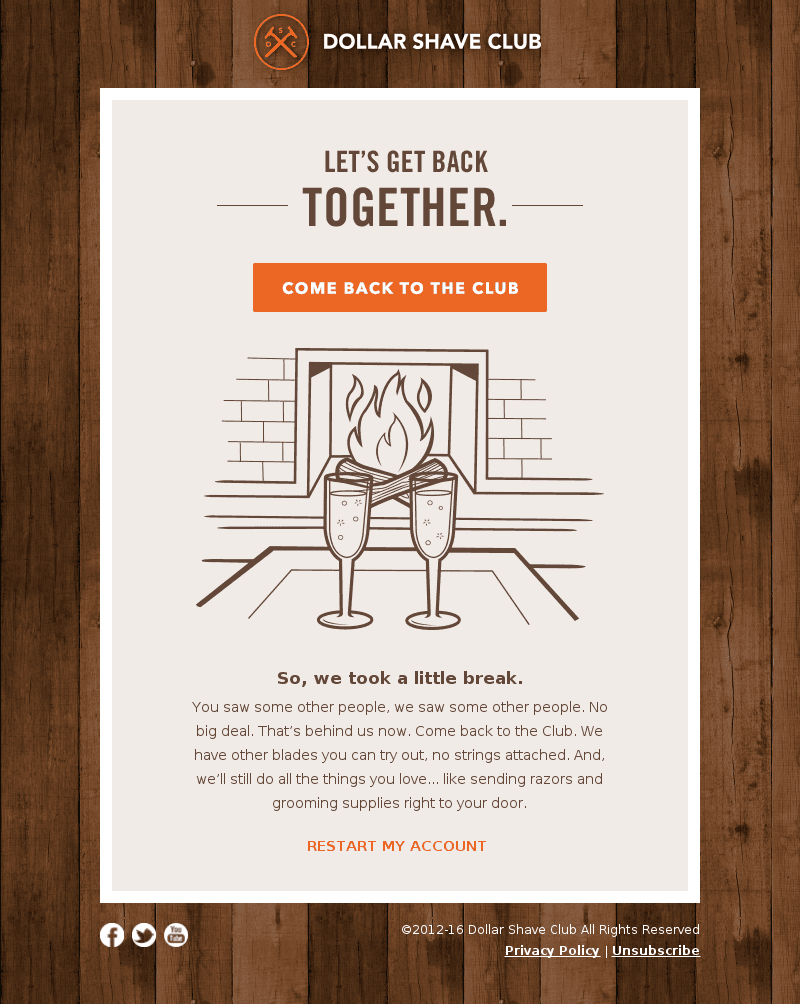
Dollar Shave Club is well-known for its witty, irreverent marketing style, and its winback campaigns are no exception. One of its most famous emails uses the subject line “Have you been seeing someone else?”, carrying the relationship-breakup theme throughout the copy. The humor keeps the message on-brand while making customer inactivity feel lighthearted rather than pushy. The campaign also weaves in social proof with customer testimonials to reinforce trust.
Sephora: personal touch with incentives
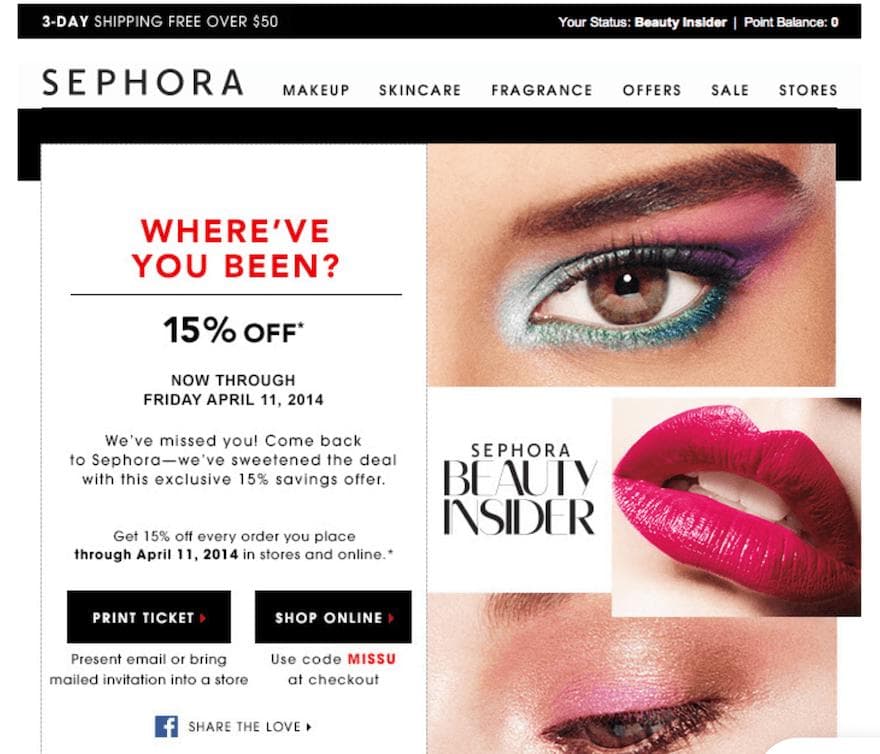
Sephora blends personalization with irresistible offers in their winback campaigns. Their formula includes:
- Conversational subject lines like “Where’ve you been? We’ve missed you!”
- 15% discount incentives paired with time-sensitive urgency
- High-quality product imagery featuring standout makeup items
- Dual calls-to-action that encourage both online and in-store shopping
This mix of friendly tone, enticing offers, and visual appeal makes their outreach feel personal while giving customers multiple easy ways to re-engage.
Blue Apron: seasonal engagement
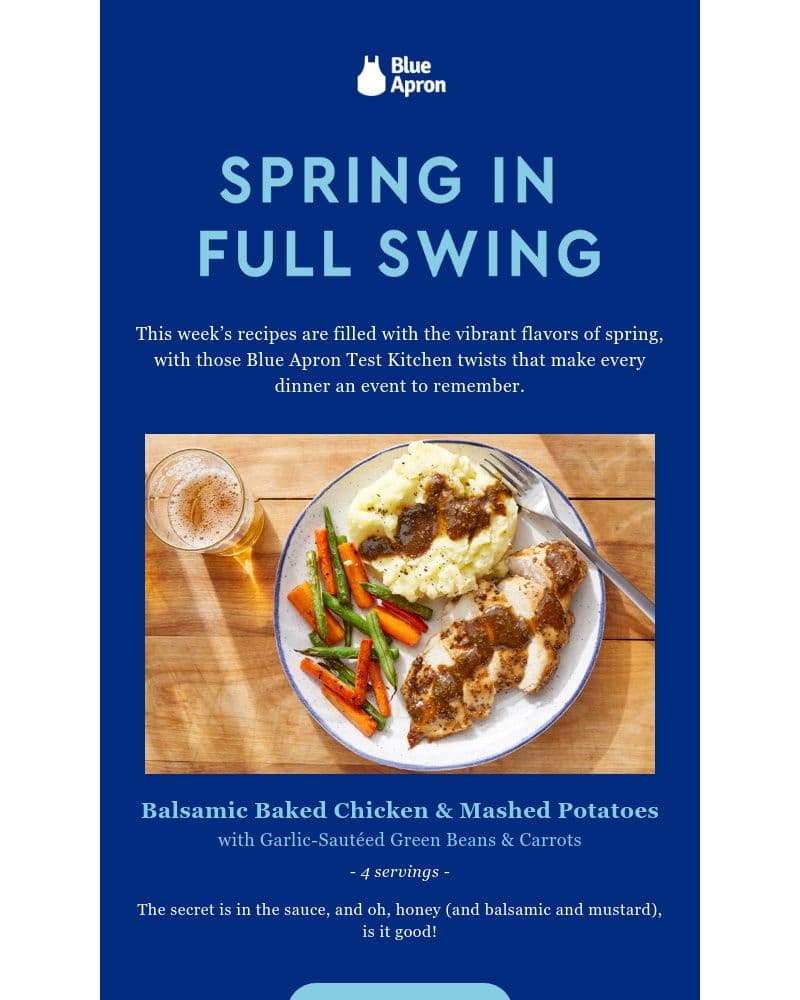
Blue Apron taps into seasonal themes to re-engage past customers, with lines like “Join us again for sweater weather eats.” Their winback campaigns highlight fresh ingredients and seasonal dishes, showing how the menu has evolved since their last order, making the return feel timely and exciting.
How AI Decisioning transforms winback campaigns
Before AI Decisioning, running a winback campaign meant relying on guesswork. Marketers had to manually test timing, messages, and offers without clear insight into what actually worked. AI Decisioning changes that by using real-time data and machine learning to automate those decisions, ensuring each customer gets the right message at the right moment.
Imagine two customers who have churned from your subscription service. One left because life got busy and they forgot about you, the other because a competitor had a feature you didn’t offer at the time. In a traditional winback flow, both would likely receive the same three emails simultaneously, with the same copy and offer. With AI Decisioning, their experiences would be completely different.
AI Decisioning starts by predicting which users are most likely to return, using data on past behavior, engagement patterns, and churn signals. The first customer might get a friendly reminder highlighting new content or features, sent at the exact time they’re most likely to open. The second might get a targeted message announcing that the missing feature is now live, with an incentive if needed. Each touchpoint feels relevant and timely, boosting the chances of a return while protecting your sender reputation by skipping disengaged users.
By combining these technologies, AI Decisioning takes the guesswork out of winback campaigns. Every customer receives the right message, in the right tone, on the right channel, at the right time, transforming what was once a resource-intensive process into a self-optimizing system.
Closing thoughts
Winback campaigns have always been one of the most efficient levers in lifecycle marketing, but also one of the hardest to get right. You’re reaching out to people who’ve already drifted away, trying to find the balance between being relevant and being remembered. When done well, winbacks protect the customer relationships you’ve already earned and turn lost revenue into renewed loyalty.
What’s changing now is the how. AI Decisioning is helping marketers approach winbacks with greater precision and less guesswork, ensuring every message feels timely and personal rather than reactive or repetitive. Rather than reinventing winbacks, AI is making them work the way they were always meant to: thoughtful, data-driven, and human at scale.
It’s not about chasing the latest technology trend; it’s about evolving a proven strategy to meet the expectations of today’s customers.
Want to learn more? Dive into all things AI Decisioning or see how Netflix is already using this technology.




